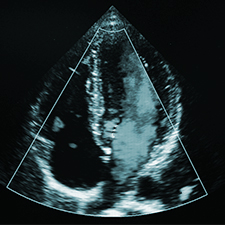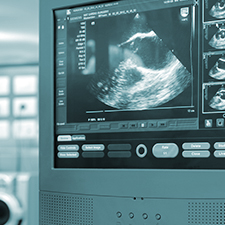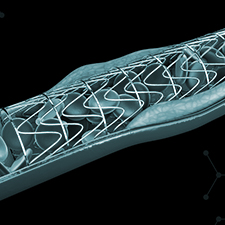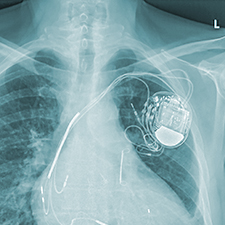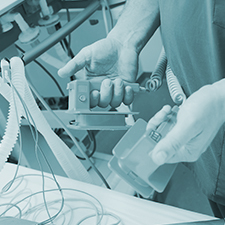Cardiac Procedures
Depending on the patient’s condition and diagnosis, we may recommend a particular treatment or cardiac procedure, such as those outlined below. Urgent angiography and stenting, cardiac imaging and cardiac pacing are performed in University Hospital Waterford and UPMC Whitfield.
Active symptoms that might suggest cardiac disease include chest pain or discomfort, breathlessness, and palpitations. We provide urgent review and complete investigation from basic consultation through to invasive evaluation and treatment.

